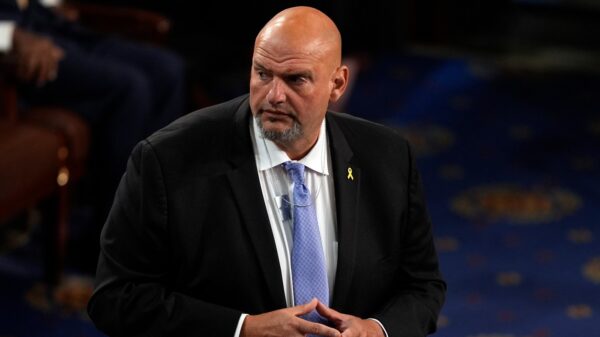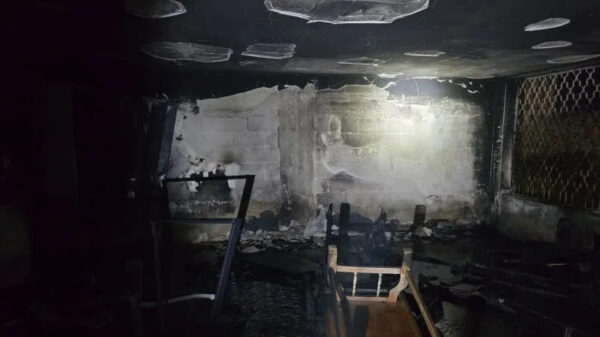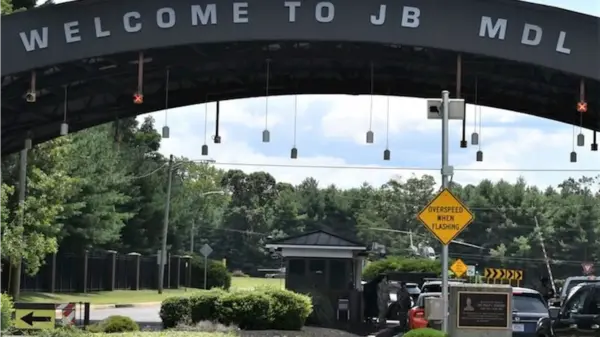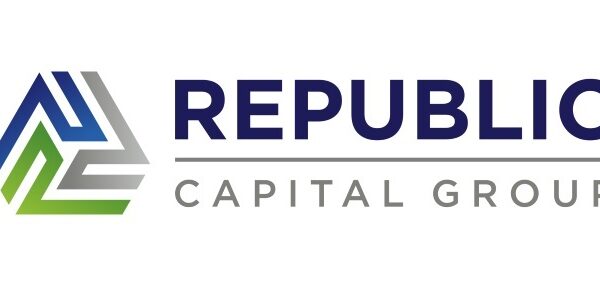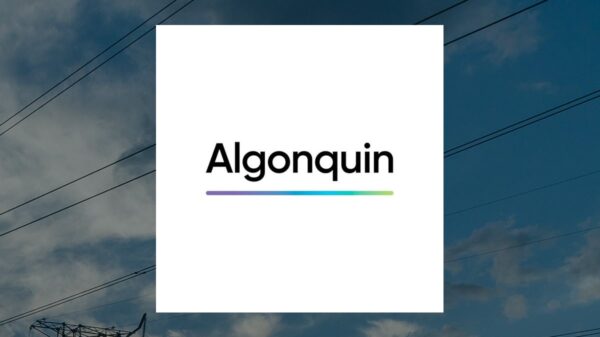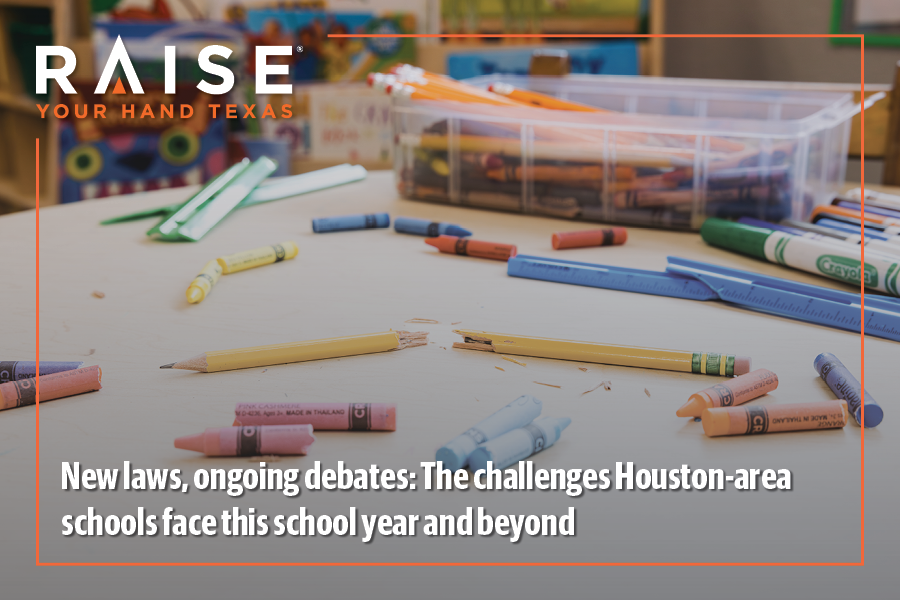As students in the Houston area return to school, educators and families are grappling with significant changes resulting from new laws enacted during the 89th Legislative Session. Among the most notable updates is the revision of the State of Texas Assessments of Academic Readiness (STAAR) test, following the passage of House Bill 8 on the final day of the second special legislative session. This evolving landscape poses challenges for schools that must adapt to shifting regulations while ensuring that families comprehend the implications of these changes.
Michael Houston, deputy superintendent for instructional and administrative support at Channelview Independent School District (ISD), articulated the difficulties faced by educators: “Many education policies are still being finalized and discussed, which creates a level of concern and frustration. As administrators, we have to ensure teachers and staff understand these standards before the procedures are fully in place. Implementing new laws while discussions and decisions are still unfolding makes planning and supporting students much more complicated.”
Understanding the special sessions is crucial to grasping the current educational climate. Unlike the regular legislative session, which occurs every two years, special sessions can be called by Governor Greg Abbott at any time and are focused on specific topics. The first special session included 18 agenda items, addressing issues from the STAAR test to flood relief. However, it was disrupted when some House Democrats left the state to break quorum. This led to a second special session with the same agenda, plus additional items concerning camp safety, ultimately concluding on September 3, 2023, with the passage of HB 8.
Key Changes in Assessment and Accountability
The focus on assessment and accountability emerged as a critical issue during the special sessions, particularly after House Bill 4 stalled in the Senate. HB 4 aimed to replace STAAR with a series of formative assessments and introduce new accountability measures. Instead, lawmakers adopted HB 8, which will introduce a new statewide assessment system commencing in the 2027-28 school year.
Bob Popinski, dean of policy for Raise Your Hand Texas, explained the new testing framework: “Starting in 2027-28, students will take three assessments: a formative test at the beginning and middle of the year, and an end-of-year, Texas Education Agency-designed criterion-referenced exam, which will be very similar to STAAR.” The new structure aims to reduce the overall testing burden while maintaining a single high-stakes exam that impacts accountability ratings.
Supporters of the legislation argue that it will shorten test lengths and expedite result reporting, making assessments less stressful for students. Conversely, critics highlight that despite these changes, the reliance on a state-designed end-of-year test mirrors the existing STAAR system, with only minor modifications. Early drafts of HB 8 included measures to track student growth, but the final version defers this decision for future legislatures to address.
Funding and Legislative Changes Impacting Education
The 89th regular session introduced several significant changes to Texas public education funding. Central to this effort is House Bill 2, which allocates an additional $8.5 billion over the next two years for various educational initiatives, including teacher pay increases, early literacy programs, and special education support. Schools are now tasked with implementing these resources while balancing operational costs and addressing the diverse needs of their student populations.
Houston expressed appreciation for HB 2, stating, “We are beyond appreciative that we finally have a funding bill that attempts to address funding in certain areas, such as special education, safety, and teacher pay increases. However, we as a district still have a deficit, and so do many other districts around the state.” He emphasized that while the funding provides support for specific programs, it does not fully address inflation and rising operational costs.
In addition to HB 2, several other bills from the 89th regular session are shaping educational environments across Texas. Notable legislation includes:
– **HB 1481**: Restricts the use of cellphones and smartwatches during school hours.
– **HB 6**: Broadens in-school suspension options and permits virtual Discipline Alternative Education Programs for students involved in vaping incidents.
– **SB 207**: Allows students to be excused for mental health appointments.
– **SB 1191**: Standardizes high school GPA calculations and assigns additional weight for advanced courses.
– **SB 10**: Requires public school classrooms to display a framed copy of the Ten Commandments.
– **SB 13**: Grants school boards and parents final authority over materials in certain school libraries.
Districts are interpreting and implementing these policies in varying ways, leading to discrepancies across the state. Popinski noted, “What we’re seeing across the state is a misconception that these policies originated from the school districts and that every district is implementing them the same way. In reality, the Texas Education Agency sets the guidelines and accountability measures, and districts are responsible for implementing them within their local context.”
The implications of these new and ongoing educational policies extend beyond the classroom. They play a vital role in shaping how well students are prepared for college, careers, and civic responsibilities, ultimately influencing local economies and community well-being. Decisions regarding accountability, testing, and funding also affect property values and local budgets, signifying that the broader community has a vested interest in educational outcomes.
Popinski emphasized the collective responsibility: “Even if you’re not a parent, the choices being made in our schools affect the whole community. These policies set the stage for the next generation, and everyone has a role in shaping how that plays out.”
To stay informed about the evolving landscape of education policy, community members can engage by attending school board meetings, participating in public forums, and following local news. For ongoing updates, individuals can subscribe to Raise Your Hand Texas’ Across the Lawn newsletter or visit their website.
As the academic year unfolds, Houston-area schools face the dual challenge of adapting to new legislative mandates while ensuring that students receive the support they need to thrive in an evolving educational environment.








